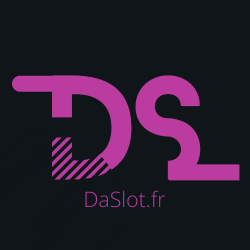SC 1.3.5 – More than just autocomplete / John Foliot #id24 2019

# Article: Understanding WCAG 2.1 Success Criteria with John Foliot
## Introduction
Welcome back everybody to the Inclusive Design 24, 2019. In this session, we will delve into the world of WCAG 2.1 success criteria with John Foliot.
## The Journey to WCAG 2.1
Success criteria 1.3.5 was added to WCAG 2.1, prompting John to explore its intricacies. The process of creating new success criteria for WCAG 2.1 involved maintaining backward compatibility, adhering to the principles of POUR (Perceivable, Operable, Understandable, Robust), and using the A, AA, AAA severity model.
## Requirements and Milestones
The journey towards WCAG 2.1 involved specific dates and milestones, including the release of the first public working draft in February 2017, a candidate recommendation in January 2018, and the final publication of WCAG 2.1 in June 2018. The process required meticulous attention to detail and adherence to strict exit criteria.
## Exit Criteria
To ensure the success criteria’s effectiveness, several exit criteria needed to be met. These criteria included conforming websites meeting AA and AAA standards, compatibility across multiple platforms, browsers, and assistive technologies, as well as the provision of documentation to aid understanding and implementation.
## Responding to Feedback
Throughout the development of WCAG 2.1, feedback from various stakeholders, including organizations like WebAIM, Microsoft, Google, and IBM, was crucial. Formal responses to comments and issues raised were necessary to refine and validate the success criteria before publication.
## Upholding Severity Levels
An essential aspect of the process was preserving the severity levels of A, AA, and AAA. Understanding the rationale behind these levels is crucial for practitioners and educators in the field of web accessibility.
In conclusion, the journey towards WCAG 2.1 success criteria was a collaborative effort that required meticulous attention to detail, responsiveness to feedback, and a commitment to upholding accessibility standards. John Foliot’s insights shed light on the complexities and importance of inclusive design in today’s digital landscape.
source
